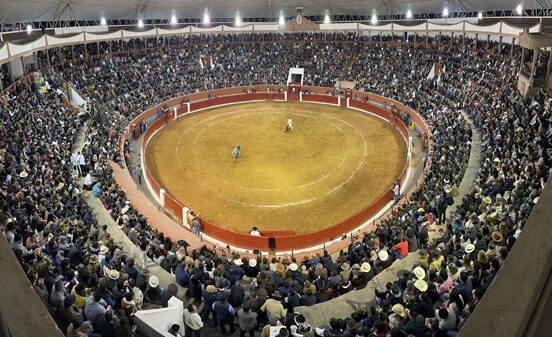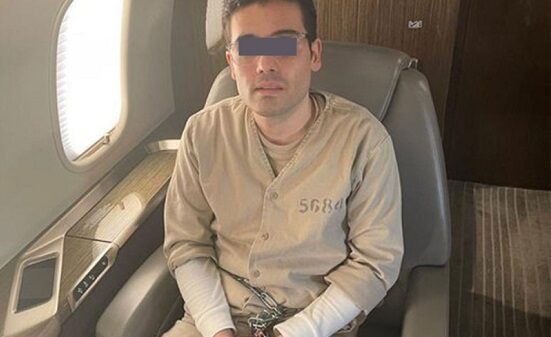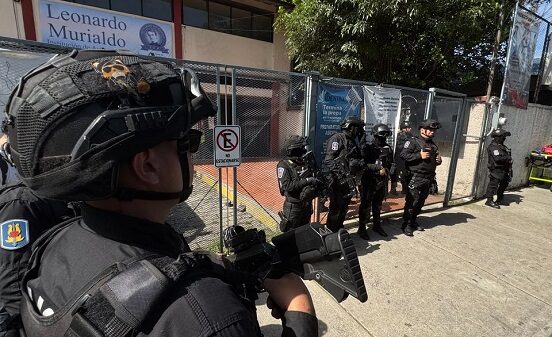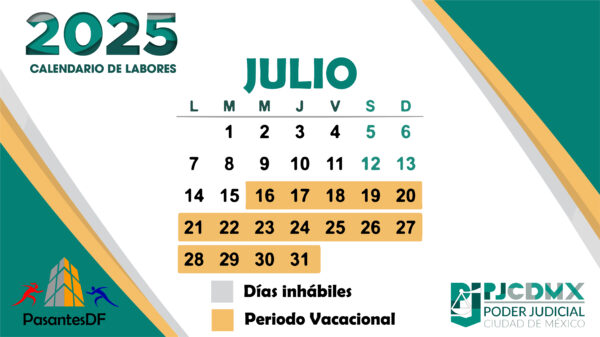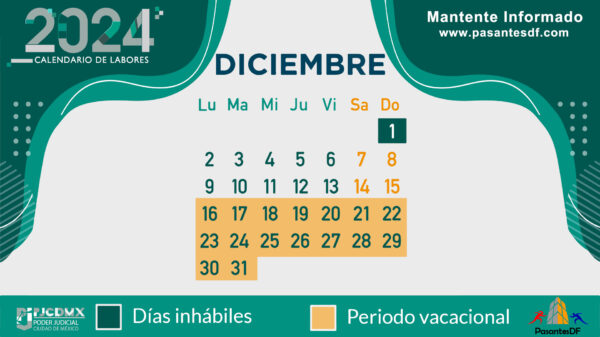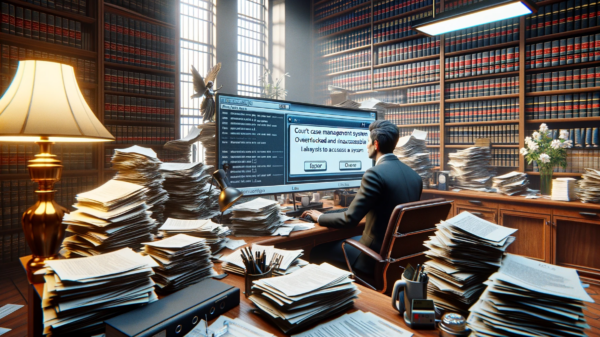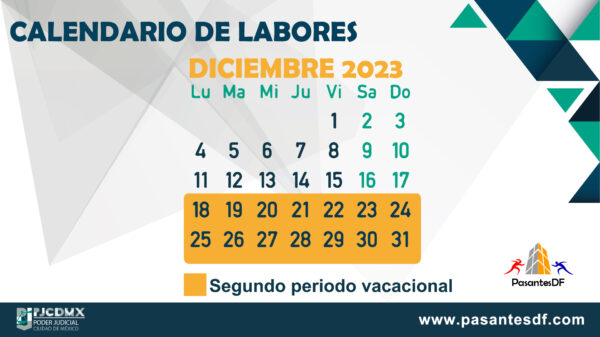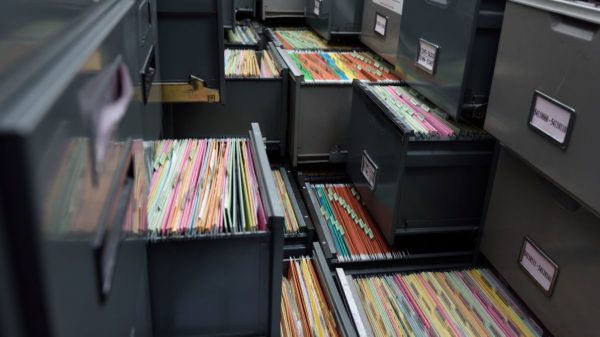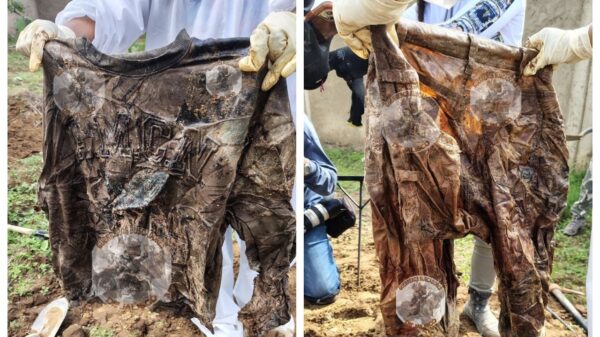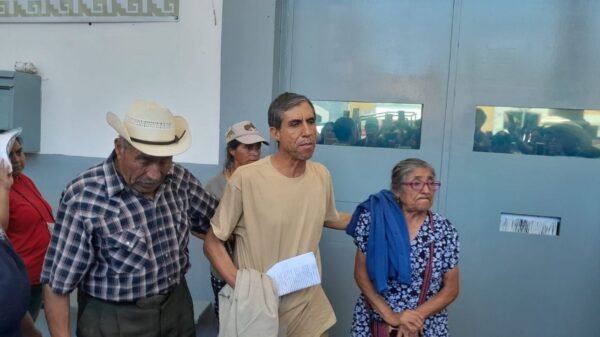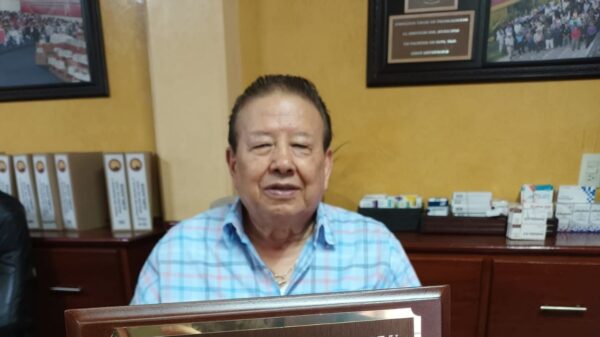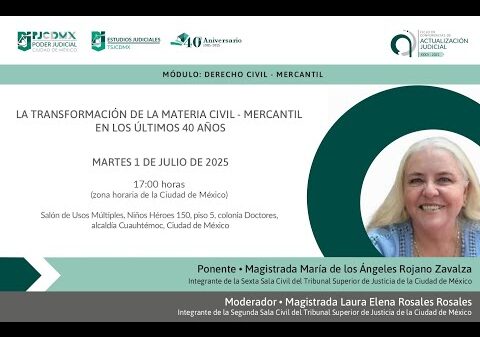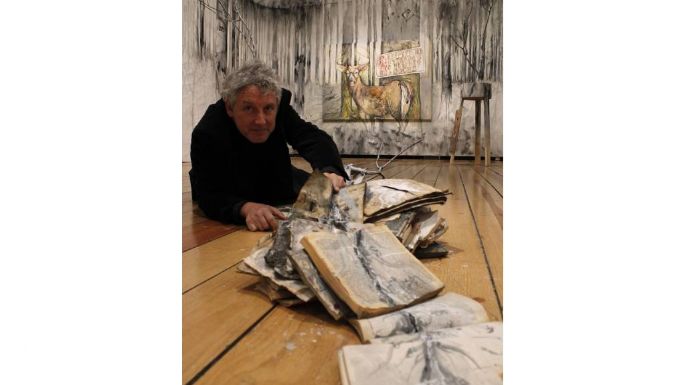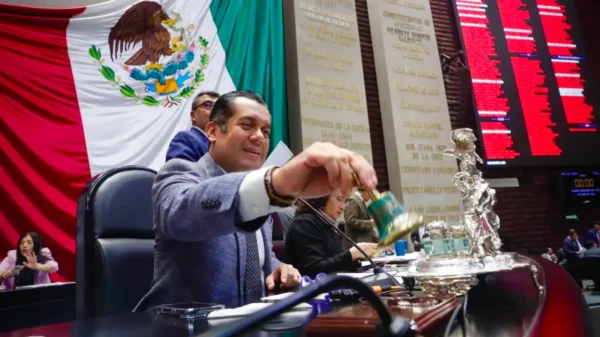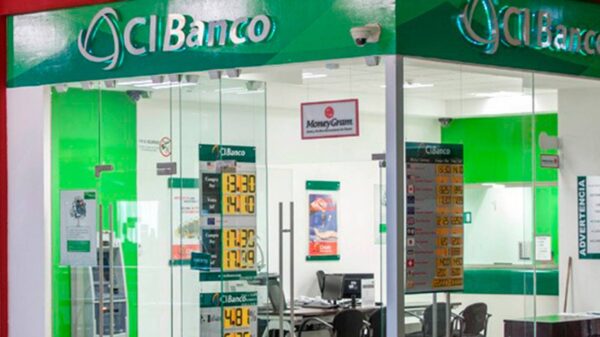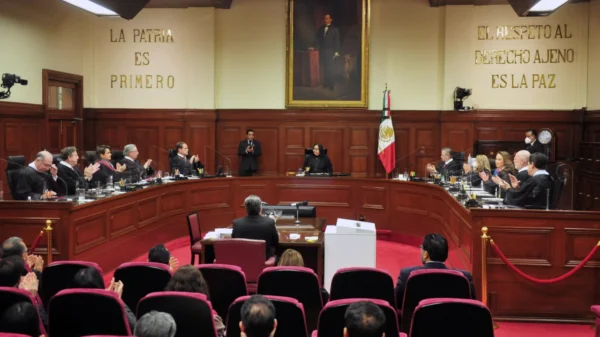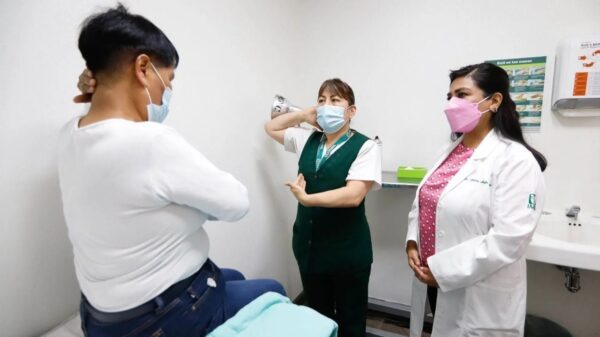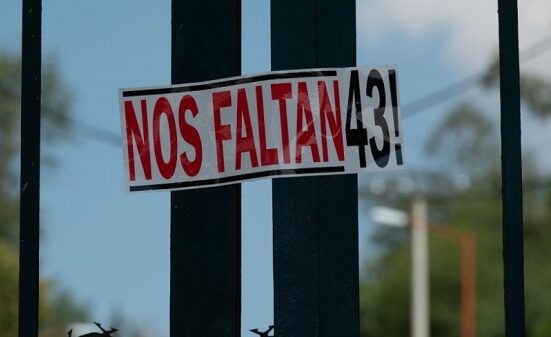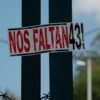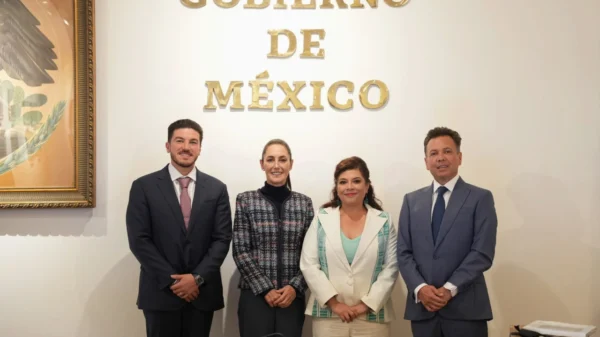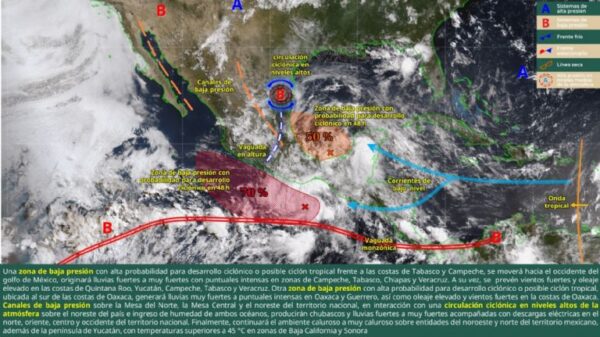Contenido
‘Resistencia animal”, de Luis Moro/Museo de la Ciudad
CIUDAD DE MÉXICO (apro).- Bajo el título de Resistencia animal, el artista plástico Luis Moro, expone un cuerpo de obra que reúne instalaciones, dibujos y pintura sobre los muros para reflexionar y generar conciencia de la terrible problemática de los seres vivos cercanos a la urbe que cada vez se encuentran en estados de vulnerabilidad.
La curaduría estuvo a cargo del crítico José María Springer, quien dice en el texto que acompaña la muestra lo siguiente:
“Lo que le interesa al artista son las maneras en que los animales, desde los vertebrados hasta los insectos, se adaptan al entorno urbano como consecuencia de la invasión del medio ambiente provocada por el desmedido crecimiento de las urbes”.
La Sala Juárez 1 del Museo de la Ciudad, de 8 por 4 metros, fue intervenida por el artista nacido en Segovia, España (1969) y naturalizado mexicano, para crear un espacio que el espectador habite.
Con un dibujo potente, personal y seductor, así como las dos instalaciones, el espectador se sumerge al mundo animal, complementado con un audio y la realidad aumentada. Es una experiencia estética particular y una reflexión apremiante acerca de la convivencia que existe entre los habitantes y los animales en un mismo espacio. La adaptación y la invasión de los seres humanos a sus entornos.
El artista ha manifestado que la ecología forma parte de su lenguaje visual, además de la responsabilidad para crear conciencia y poder generar cambios. Cabe destacar que la propuesta meramente formal funciona, pues su propuesta está cargada de vitalidad que atrae al visitante y lo invita a recorrer la sala.
Moro, grabador y escultor, cuenta en su haber con muchas exposiciones en nuestro país y en Europa y Asia, también.
"Resistencia animal" permanecerá abierta al público hasta el 8 de marzo, y el museo se encuentra ubicado en Pino Suárez 30. Centro Histórico.
Te puede interesar: Fiamma Montezemolo en el Laboratorio Arte Alameda
Comentarios
Cortesía de Proceso.

Dejanos un comentario:

